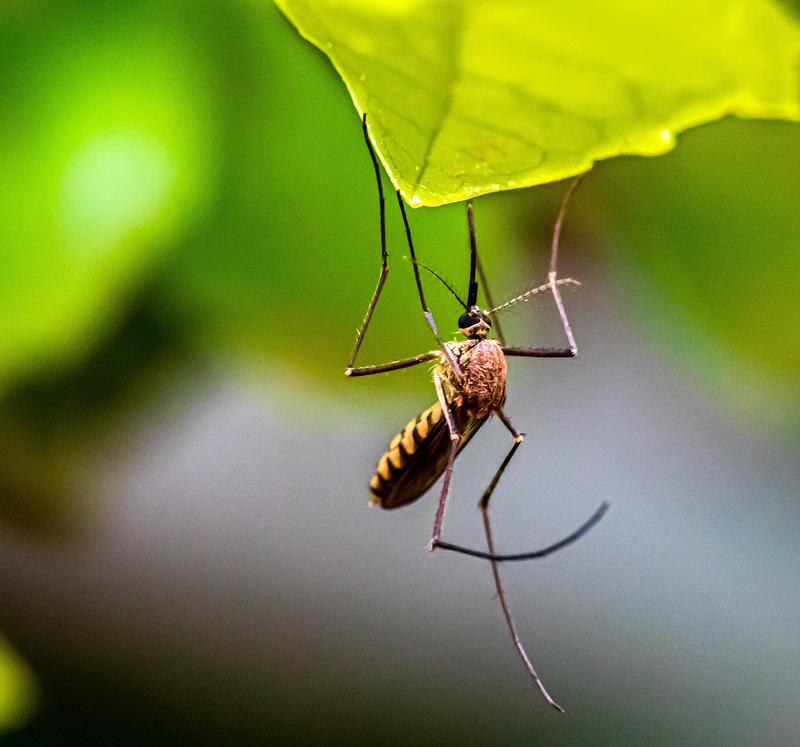### Gene-Drive Technology for Mosquito Control: A Detailed Analysis

#### Introduction
Mosquitoes have been a menace to human society, causing various diseases like malaria, dengue, Zika, and yellow fever. With growing urbanization and climate change, mosquito-borne diseases are extending their reach. Traditional methods like insecticides and mosquito nets have reached their limitations due to rising insecticide resistance among mosquitoes. Gene-drive technology has emerged as a cutting-edge method to control the mosquito population.
#### The Advent of Sequencing Technology
**Significance**
Next-generation sequencing techniques have allowed researchers to gain access to the complete genome sequences of multiple mosquito species. Institutes like the University of California, the Tata Institute of Genetics and Society, and the Institute of Bioinformatics and Applied Biotechnology have prepared high-quality reference genomes for Anopheles stephensi, a major malaria-vector mosquito.
**Example**
In India, high-quality reference genomes have been utilized for research on the genetic manipulation of Anopheles stephensi, providing unprecedented opportunities for controlling mosquito-borne diseases.
#### Understanding Gene-Drive Technology
**Mechanism**
Gene-drive technology aims to control mosquito populations by interfering with their reproductive systems. It breaks the rules of Mendelian genetics by forcing mosquitoes to selectively inherit specific genes. The technology was conceived by Austin Burt from Imperial College London in 2003.
**Example**
Researchers at Imperial College London genetically enhanced a gene expressed in the midgut of mosquitoes to secrete two antimicrobial substances detrimental to the Plasmodium parasite. Computational models suggest that this could significantly disrupt malaria transmission.
#### Benefits and Risks
**Positive Outcomes**
Genetically modified mosquitoes like OX5034 have shown promising results in reducing mosquito populations in field trials in India, Brazil, and Panama. These technologies have also proven effective in reducing the incidence of diseases like dengue.
**Negative Implications**
However, the drastic reduction in the mosquito population could alter ecosystems and food chains. There is also a concern regarding the unintended spread of engineered genes beyond target populations.
**Example**
In 2020, the U.S. Environmental Protection Agency authorized the release of OX5034 mosquitoes, which resulted in the male mosquitoes disappearing from the environment after around a dozen generations, proving its efficiency yet posing ecological questions.
#### Regulatory Measures and Challenges
**Guidelines**
The Department of Biotechnology has released comprehensive guidelines for genetically engineered insects, providing a roadmap for researchers in India.
**Challenges**
The technology faces challenges from critics who are concerned about unintended ecological disruptions and the potential for engineered genes to spread uncontrollably.
**Example**
The guidelines laid down by India's Department of Biotechnology outline procedures and regulations for working with genetically engineered insects, aiming to safeguard against unintended consequences.
#### Conclusion
While gene-drive technology presents an innovative approach to controlling mosquito populations and reducing the incidence of mosquito-borne diseases, it comes with its own set of benefits and risks. Regulatory measures and multi-stakeholder discussions are essential for the responsible deployment of this technology. The struggle against mosquitoes remains a timeless battle, reflecting human ingenuity against evolutionary adversaries.